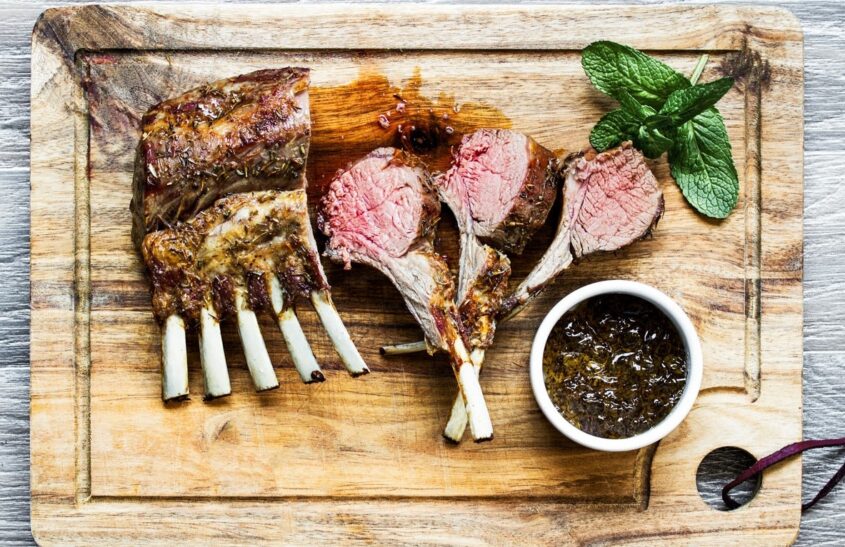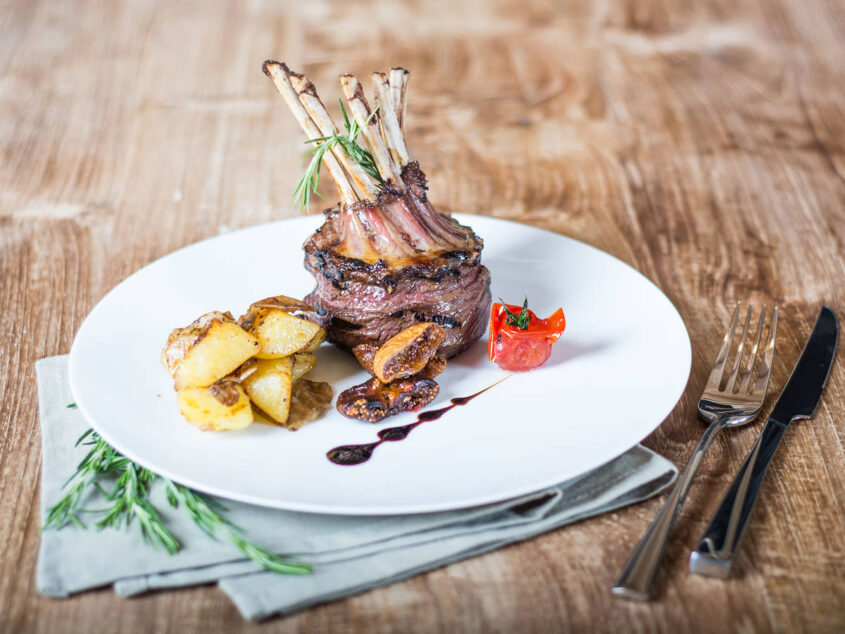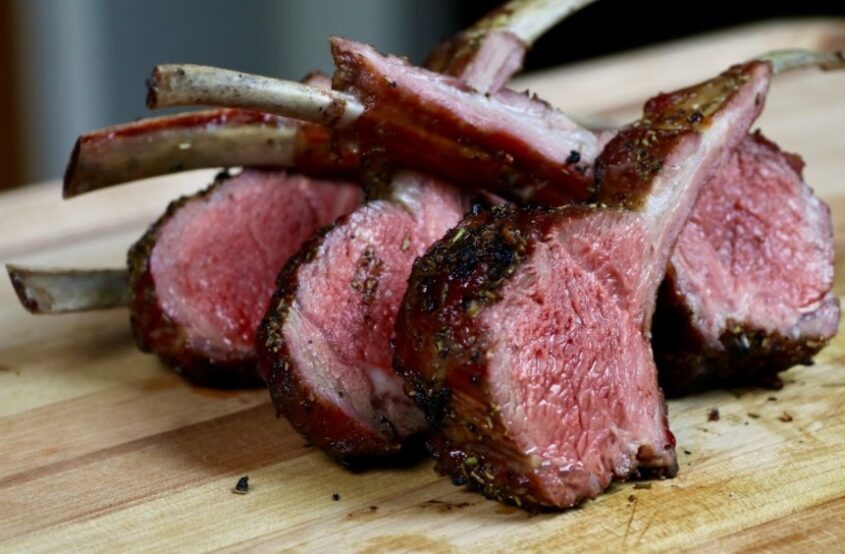
When it comes to protein in meals, most people think of chicken, beef, or even pork as meats that are quick and easy to cook. While it stands that these three sources of protein are easily accessible and can be prepared in endless ways, there is a protein source that many people fail to notice. Lamb has been around for a while now but it has not received long-due attention.
Having been raised in the Middle East since 9000 years ago, lamb is an excellent way to add flavor and nutrients to your meal. Every cut of the lamb may not be suitable for a particular dish but with a little research, you can open up a lot of options for your meal prep and even dinner parties.
What is Lamb?

You may have heard of dishes with lamb in it but you might not know what exactly it is. To begin with, the lamb is the youngest version of the sheep. The meat from sheep can be classified into three with respect to how old the animal was.
The very young ones or the sheep that have not yet reached the age of one are called lambs. A little older ones are referred to as hogget and the oldest is described as mutton. The difference in the age of the sheep makes a great variation in how the meat tastes.
Mutton is perhaps the most popular in Middle Eastern and Asian cultures but lamb is also equally favored for many dishes. If you are trying this particular meat for the first time, lamb is a great place to start.
What does lamb taste like?

For those who are familiar with the taste of beef and chicken, lamb can be a great way to expand your palette. If cooked right, lamb is easier to chew than beef but a little more firm than chicken.
Still, a medium-rare lamb feels more tender in the mouth than any other meat. The taste of lamb is quite unique and those who have experience with game meat can relate to the taste more. In more ways than one, lamb tastes like a cross between beef and common game meat like deer.
The gamey flavor of lamb comes from the fact that sheep are not raised in restricted spaces like cows are. As sheep get an opportunity to move around more, there is more blood supply to their muscles.
This makes the quality of the taste different in beef and lamb. Furthermore, what the animal is fed also has an effect on the taste and tenderness of the meat. Some sheep are raised on a grass-based diet while others follow a more grain-focused diet. This distinction creates a subtle difference in how the meat tastes and feels in your mouth.
The strong smell that mutton seems to have comes from the caprylic acids present in the fat. In lambs, since they are very young, the smell is not as strong but still present. The robust and rich flavor of lamb can also be attributed to branched-chain fatty acids (BCFAs) in their fat. Based on how much pasture the animal roamed, the breed it belongs to, and the diet maintained, the fat percentage can change and influence the flavor of the meat.
Does each cut taste different?

Since different parts of the anatomy have varying fat content, some parts of the lamb have a more pastoral or gamey flavor than the others. For parts that taste sweeter and have lesser amounts of overall fat, look for leaner cuts like the ribs, loins, or rack.
On the other hand, if the fatty flavor seems appealing to you, go for the shoulder chops, shanks, legs, or even stew meat. For someone who is new to the flavor of lamb, the leg of the lamb is a nice place to start.
Having a moderate amount of fat and equal amounts of sweetness to balance it out, the leg of the lamb absorbs more flavor as it is cooked. Being less expensive and more easily available, the butterflied leg of the lamb goes well with many recipes.
Picking lamb meat — American, Australian, or New Zealand?

Australia, being one of the biggest lamb exporters in the world, encourages their sheep to graze on large pastures and gives rise to lamb with lots of marbling and richer flavor. Considering that most breeders raise sheep for the wool and the meat is only a by-product, the sheep are only slaughtered around 12 months, making the meat less tender and more intensely flavored. The animals here are mostly grass-fed, which further influences their strong flavor.
In America, sheep are mostly raised in the midwestern states like Colorado and the breed favored is a cross between Suffolk and Columbia. One known for its wool and the other for its meat, the American lamb also finds sustenance on the pastures for the majority of its life.
Sometimes, the breeders feed their sheep with corn a few weeks prior to the slaughter. This fattens the animal up, giving more marbling to the meat and simultaneously raising the price of the meat.
New Zealand is another one of the leading exporters of meat in the world. With a reputation for producing the most succulent lamb meat, New Zealand’s sheep are pasture-fed, especially clover and ryegrass dominate their diet.
A distinct leanness is thus present in this meat and has a more mutton-like flavor than any other country’s lamb. However, since the lambs are slaughtered at six months, the meat remains impossibly tender.
Conclusion
For anyone who imagined what lamb tastes like, there is never a better time to go out and get your first taste of lamb meat than now. If you are a fan of rich, grassy, and flavorful meat, the lamb will never disappoint.
Since the meat is so quick to absorb the seasonings, each bite can give you a burst of flavor, both natural and from the seasonings. The unique taste of lamb can be a great addition to your curries, stews, and even salads once prepared properly.











